This post may contain affiliate links which means I will get a commission if you make a purchase at no additional cost to you. As an Amazon Associate I earn from qualifying purchases. Please read my disclosure for details.
Lunchtime in the 1950s was built around real food, often packed at home with whatever families had on hand. Processed snacks and packaged drinks had not yet taken over, and meals were meant to last through the day.
Lunchboxes held simple, sometimes surprising combinations that reflected postwar frugality and practicality. What kids ate back then may seem outdated now, but the creativity and care that went into it still resonates.
Peanut Butter and Lettuce Sandwiches
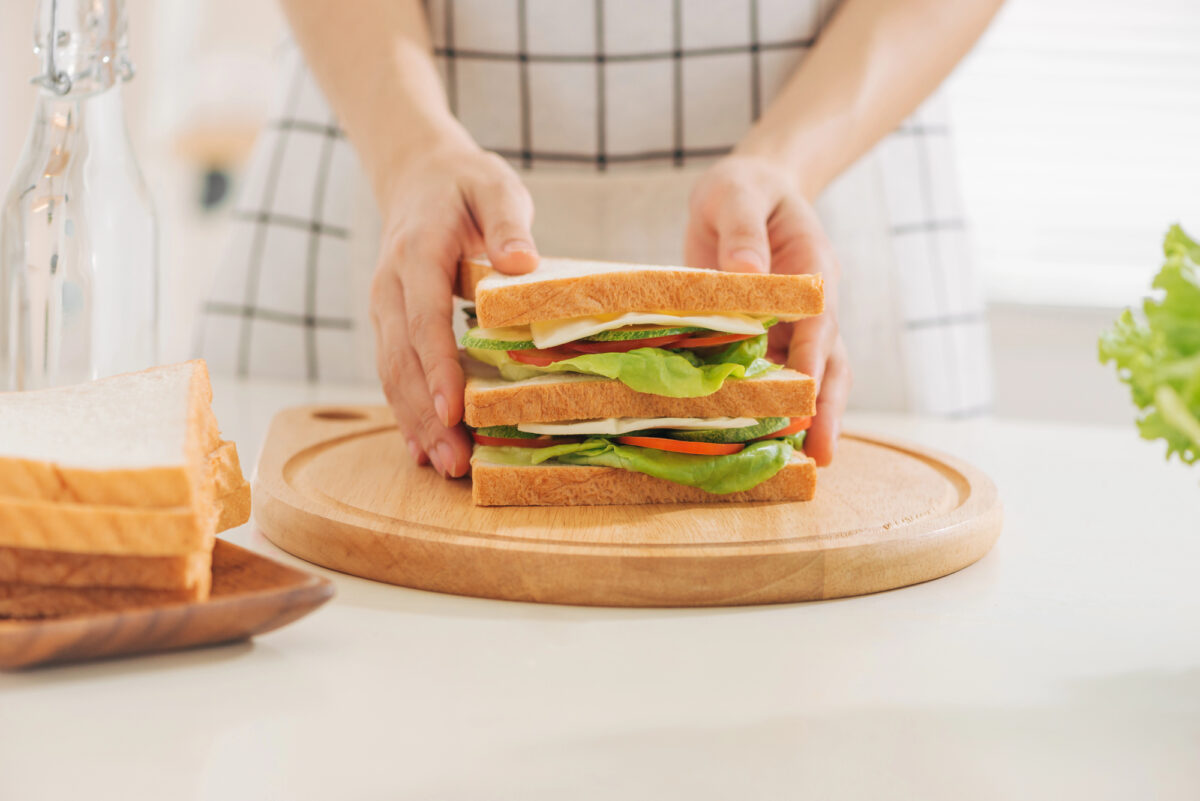
WANT TO SAVE THIS RECIPE?
This combo might sound odd today, but it was common in lunchboxes across the country. The creamy peanut butter gave staying power, while the iceberg lettuce added a crisp bite. It was shelf stable, affordable, and needed no refrigeration, which made it ideal for school days.
Bologna and Mustard on White Bread
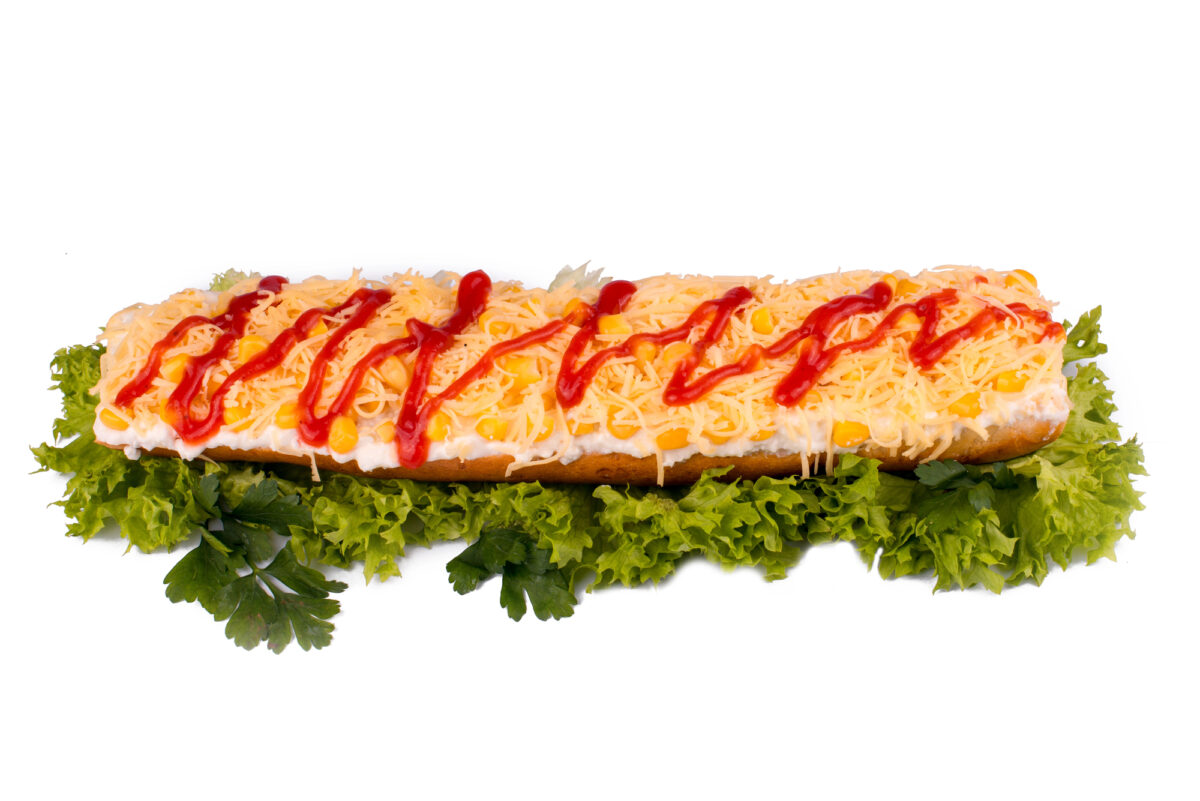
Thick slices of bologna, with a smear of mustard between them, on plain white bread made a fast and filling lunch. It was salty, soft, and easy to eat without making a mess. This sandwich was so common that it became a symbol of midcentury American school meals.
Tomato Soup with Saltines
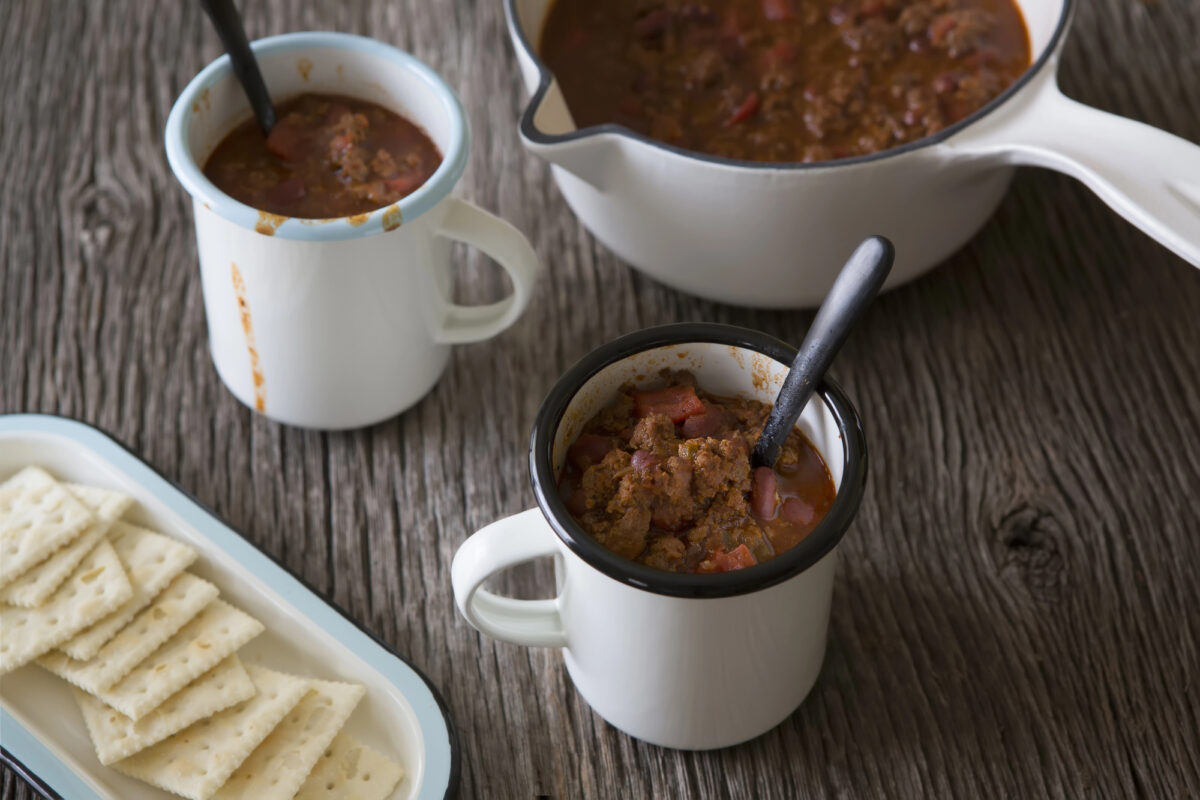
Packed warm in a metal thermos, tomato soup offered kids a hot option in the middle of the day. Saltine crackers came along in wax paper and were either crumbled into the soup or eaten on the side. It was a comforting meal, especially during colder seasons when warmth was especially valued.
Hard Boiled Eggs and an Apple
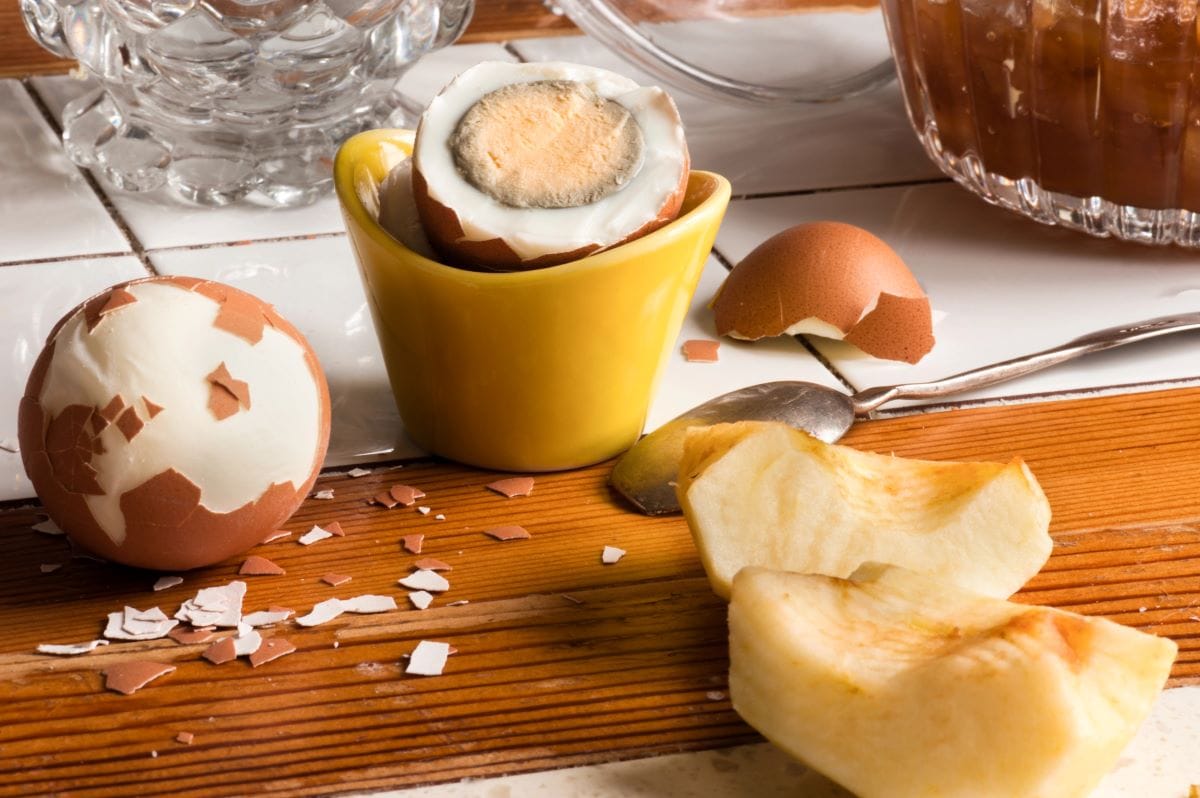
This duo made a smart, no frills meal that parents could prepare the night before. Wrapped in foil or tucked into a waxed paper bag, the egg provided protein, and the apple offered a fresh crunch. The combination was healthy, cheap, and did not require any refrigeration.
Cheese Chunks with Bread or Crackers
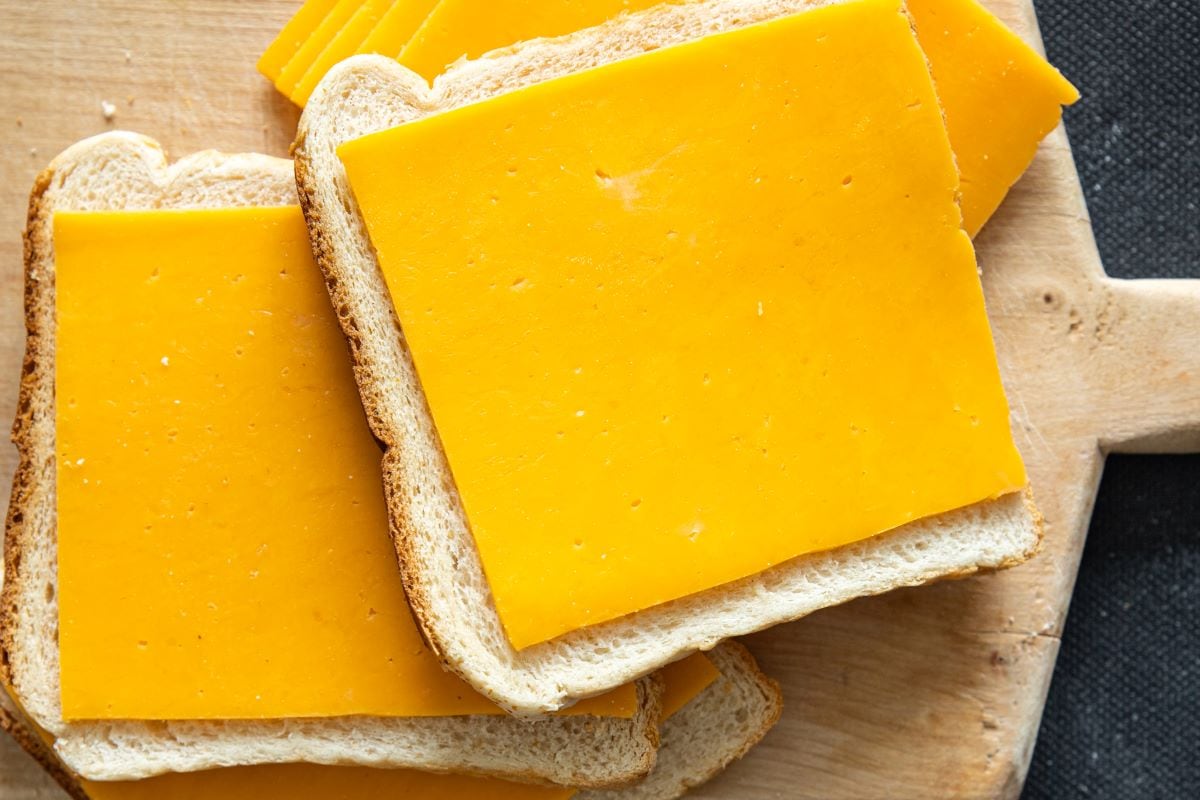
Before commercial snack packs, parents would pack cubes of cheddar cheese with slices of bread or a handful of crackers. Kids could build their own bites or eat them separately. This flexible, filling option gave a bit of variety to a lunch that still felt homey and easy.
Spam and Pickle Sandwiches
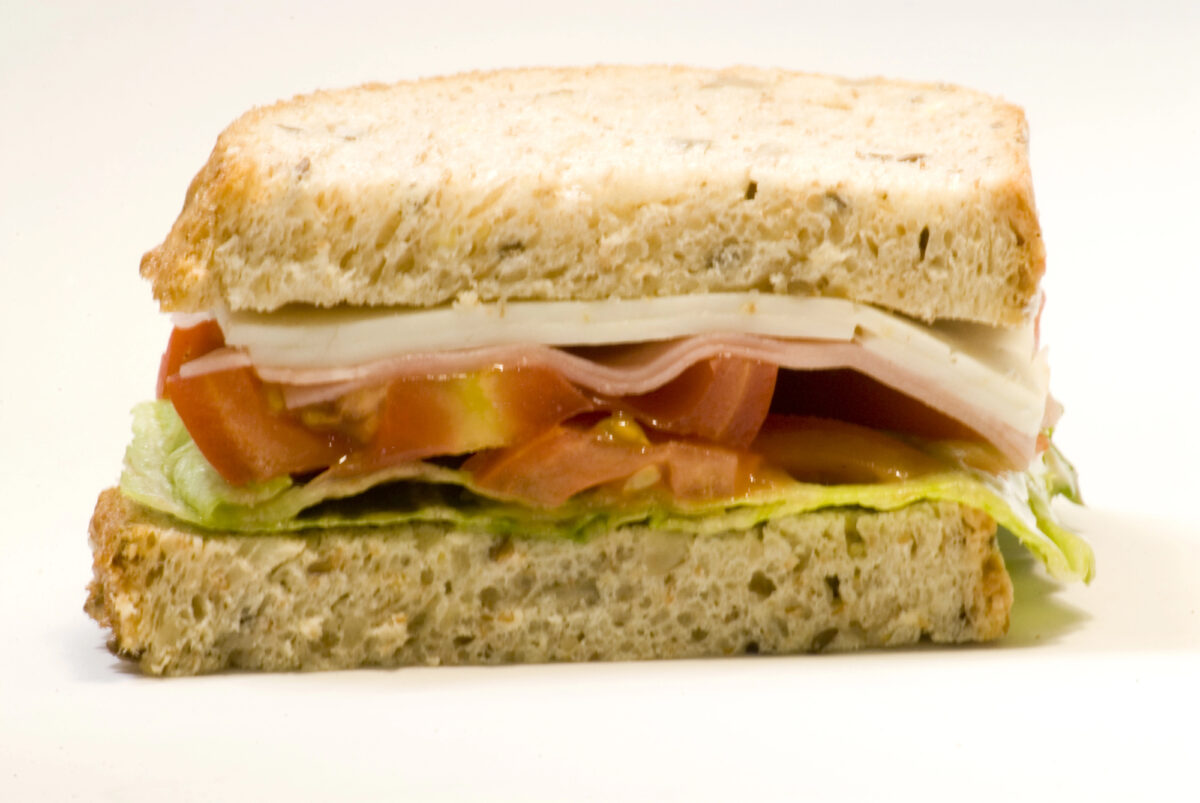
Spam was a pantry staple and showed up often in 1950s lunchboxes. Sliced thin and paired with pickles between soft white bread, it had a rich, savory bite that kids either loved or tolerated. It was also budget friendly and easy to prepare ahead of time for the week.
Related Post: 13 Grocery Chains In The Midwest That Are Weirdly Addictive
Fruit Cocktail in Syrup

Tiny metal cans of fruit cocktail or homemade versions spooned into waxed paper cups were a sweet staple. Diced pears, peaches, grapes, and cherries floated in sugary syrup and served as a dessert. For many kids, this was the treat they looked forward to most at lunch.
Related Post: To The Woman Who Can’t Afford Organic Right Now
Graham Crackers with Cream Cheese

Cream cheese spread between graham crackers made a homemade snack that felt indulgent. It was sweet, soft, and a little tangy, offering a break from the savory sandwich routine. These were usually wrapped in wax paper and packed tightly to keep from getting squished.
Related Post: 13 Restaurants In Florida Everyone Regrets Skipping On Vacation
Liverwurst Sandwiches on Rye
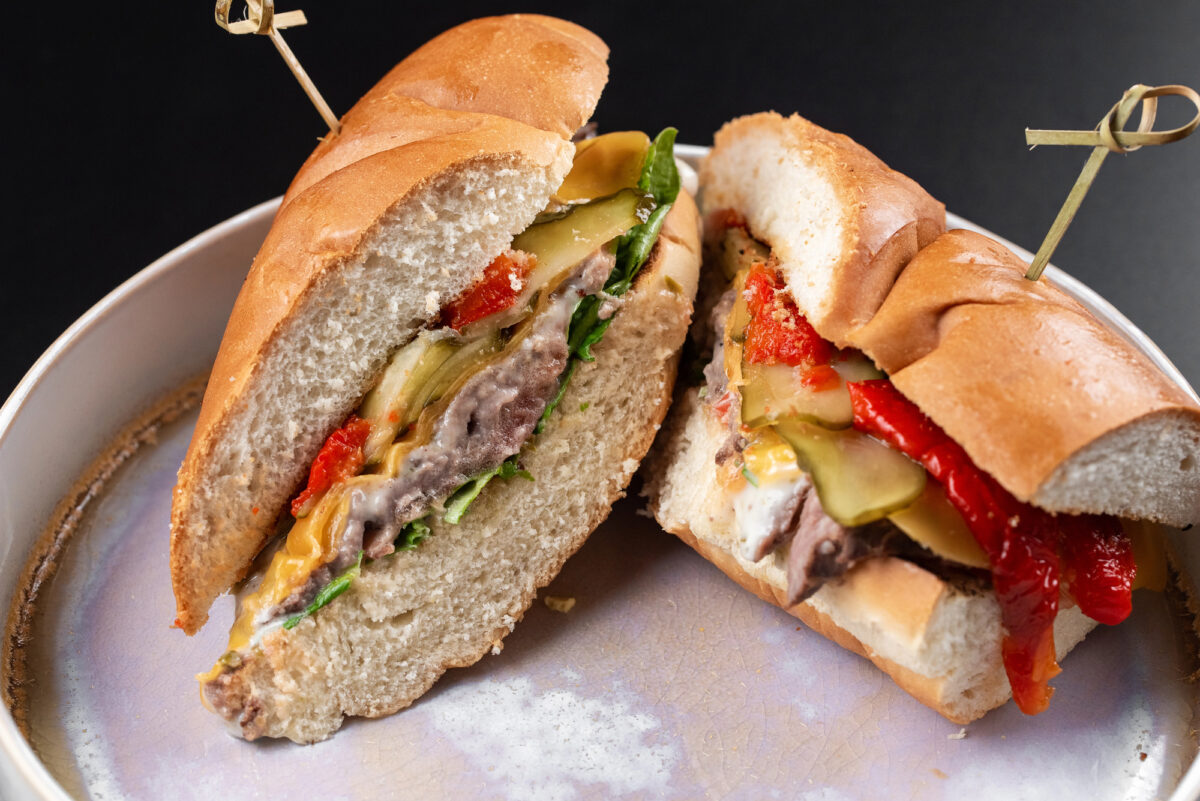
Liverwurst, a strong tasting sausage spread, was often paired with rye or whole grain bread. It was popular in households with European roots and packed plenty of protein. Kids usually ate it with mustard or pickles, though some traded it away as fast as they could.
Related Post: 12 Wildly Underrated Things To Grill That Aren’t Meat But Taste Great
Whole Milk in Glass Bottles
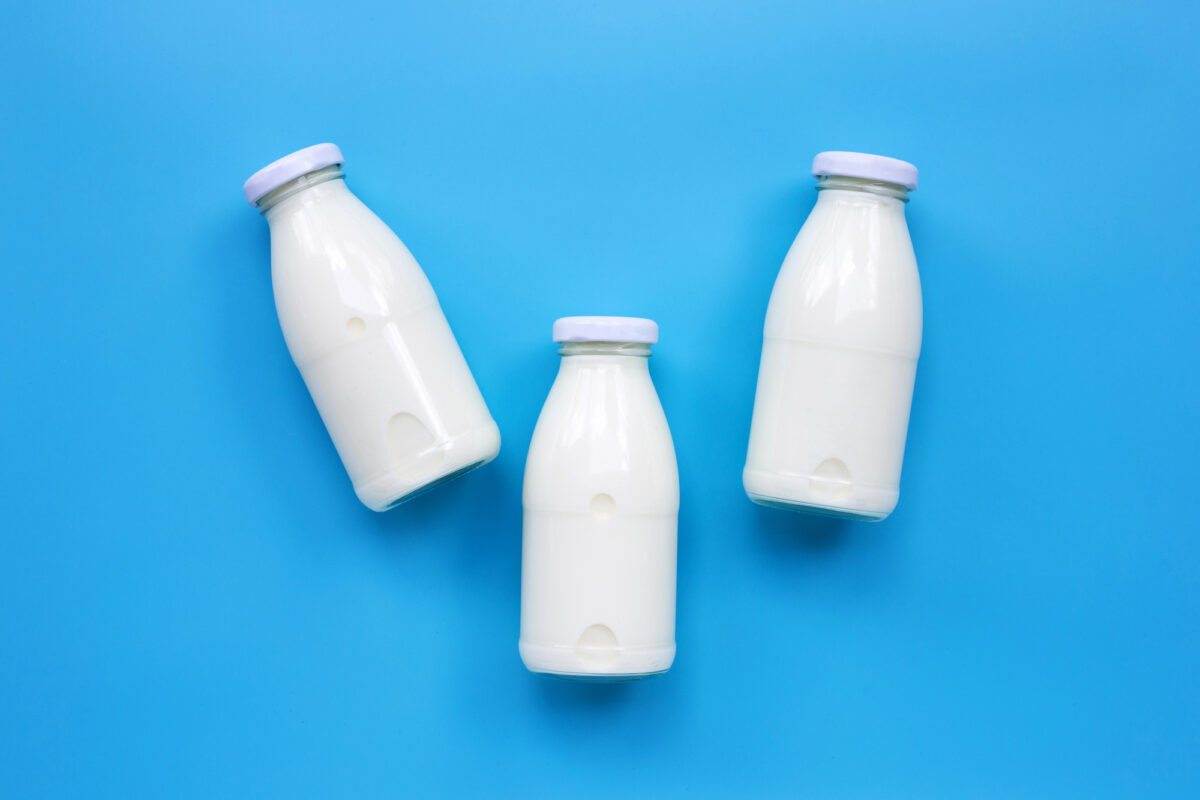
Many schools served milk in small glass bottles, either plain or chocolate. The bottles were chilled and collected afterward for reuse. It was a state supported effort to provide kids with daily calcium, and milk at lunch was practically non negotiable in most schools.
Related Post: 12 Cafes in Seattle That Feel Straight Out Of A Movie
Sign up now to receive our exclusive e-cookbook filled with top-rated recipes for FREE!
These meals were made with care, and they reflected what families had access to during that time. Nothing was wasted, and everything had a purpose on the plate or in the bag. Today’s parents may not pack liverwurst, but the idea of thoughtful, homemade food still connects.
Disclaimer: This list is solely the author’s opinion based on research and publicly available information.
10 Foods Gen Alpha Eats That Their Parents Don’t Understand

Every generation has its culinary quirks, but Gen Alpha is raising the bar in unexpected ways. Born into a world of screens, short videos, and global influences, these kids are redefining what snacks, meals, and even treats look like. They are fearless in the kitchen, guided not by cookbooks but by trending content and viral food challenges.
Read it here: 10 Foods Gen Alpha Eats That Their Parents Don’t Understand
How to Save $100+ Every Month at the Grocery Store

From planning your meals to avoiding sneaky upcharges in the snack aisle, here’s a realistic guide to trimming your food budget without adding stress to your week.
Read it here: Things Moms Waste Money On (and Don’t Even Know It)
Is Walmart+ Still Worth It in 2025? The Truth After 3 Years

Is the new Walmart Plus worth the annual fee or is it just another failed version of Amazon Prime? I spent my own money trying this service out for 12 months and counting. I have a lot to say about the benefits and drawbacks in this Walmart+ honest review.
Read it here: Is Walmart+ Worth It? Honest Review 3 Years Later!
You’ll love these related posts:
